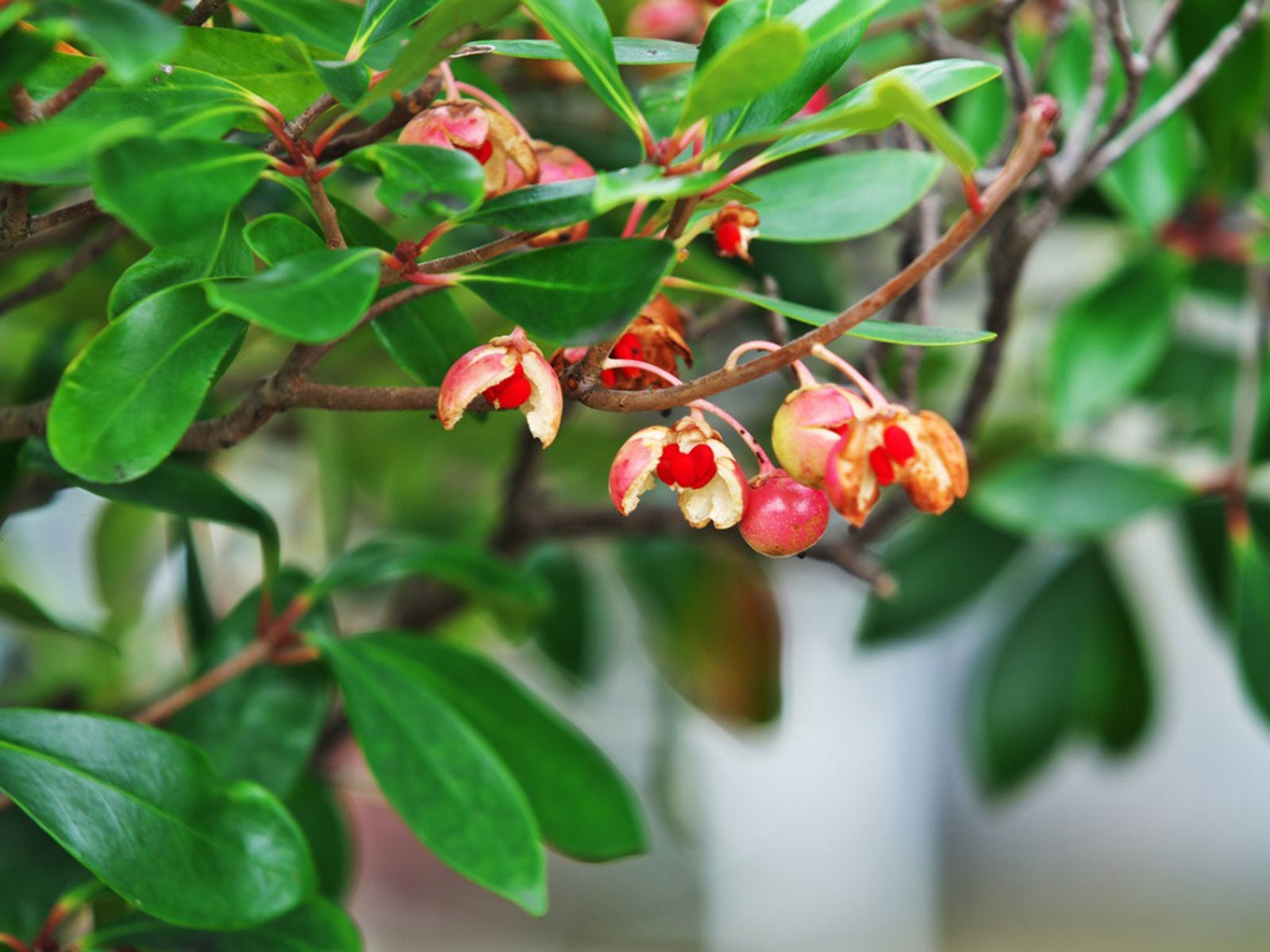Japanese Cleyera Information: How To Care For A Cleyera Shrub


Thanks to the excellent foliage color and neat rounded shape that needs little pruning, cleyera shrubs (Ternstroemia gymnanthera) have become a southern garden standard. Let's learn more about how to care for a cleyera shrub.
Japanese Cleyera Information
Cleyera plants are native to China and Japan, but they have become naturalized throughout the Southern United States. These semi-tropical plants can't take repeated freezing, and they are rated for USDA plant hardiness zones 8 through 10. New growth starts out red, gradually turning to an unusually dark green color. The glossy, evergreen foliage is attractive year-round. Although it is grown primarily for its foliage, the shrub also has fragrant, attractive, white flowers that bloom at the point where the leaves join the stems. These are followed by dark, red berries that split away to reveal shiny, black seeds. The seeds stay on the plant throughout most of the winter.
Growing Cleyera Shrubs
Cleyera shrubs grow between 8 and 10 feet (2.5 - 3 m.) tall with a spread of about 6 feet (2 m.) and have a dense, rounded growth habit that makes them ideal for use as hedges or screens. Cleyera plant care is easy because these undemanding plants seldom need pruning. When the shrub needs a light trim, spring is the best time for pruning cleyera. Instead of shortening the stems, cut them all the way back to the center of the plant. Shortening a stem encourages two new side branches to grow where you made the cut. Pinching out the growth tips encourages bushiness. Choose a location in full sun or partial shade with well-drained, acidic soil. Growing cleyera in alkaline soil leads to yellow, sickly-looking leaves. Although they withstand moderate drought, the shrubs look their best when watered regularly in the absence of rain. Use 2 to 3 inches (5-7.5 cm.) of mulch over the root zone to help the soil hold moisture. As a hedge or screen, plant cleyera 4 to 6 feet (1-2 m.) apart. At this planting distance, they protect your privacy and provide cooling shade. They also look good clustered in shrub borders. Variegated varieties make great accent and container plants. Now that you know how to care for a clereya shrub, you'll want several of these low-maintenance plants in your garden.
Sign up for the Gardening Know How newsletter today and receive a free copy of our e-book "How to Grow Delicious Tomatoes".

Jackie Carroll has written over 500 articles for Gardening Know How on a wide range of topics.